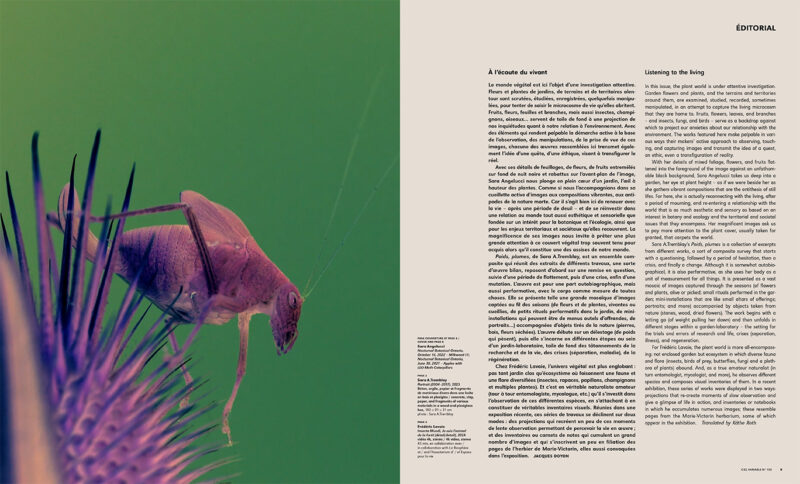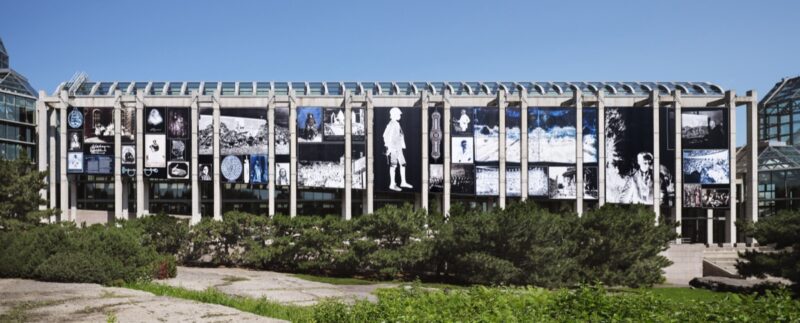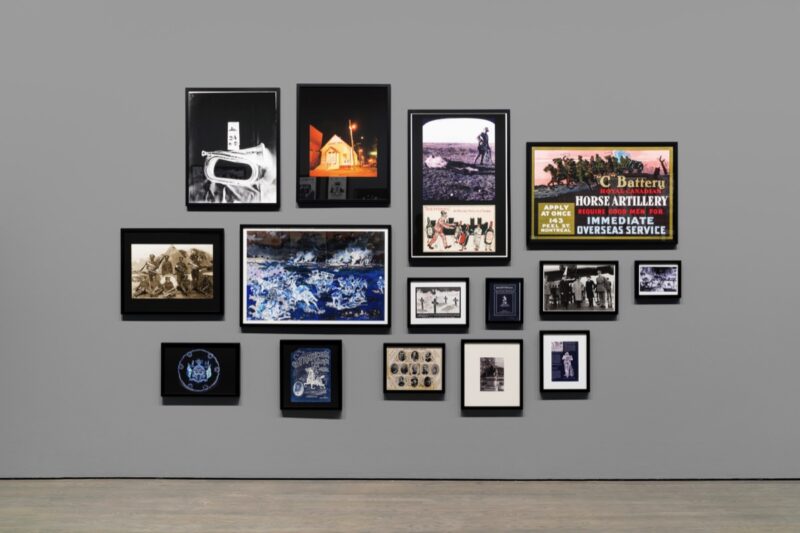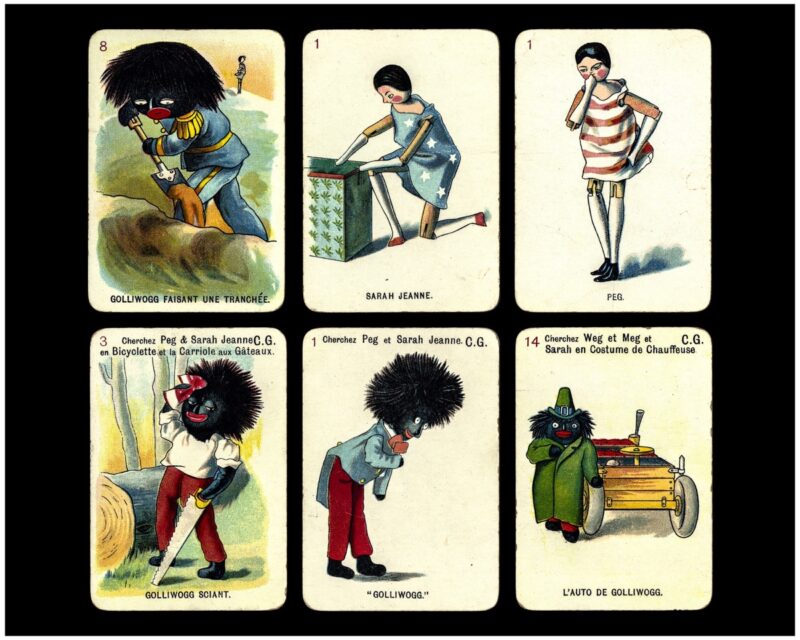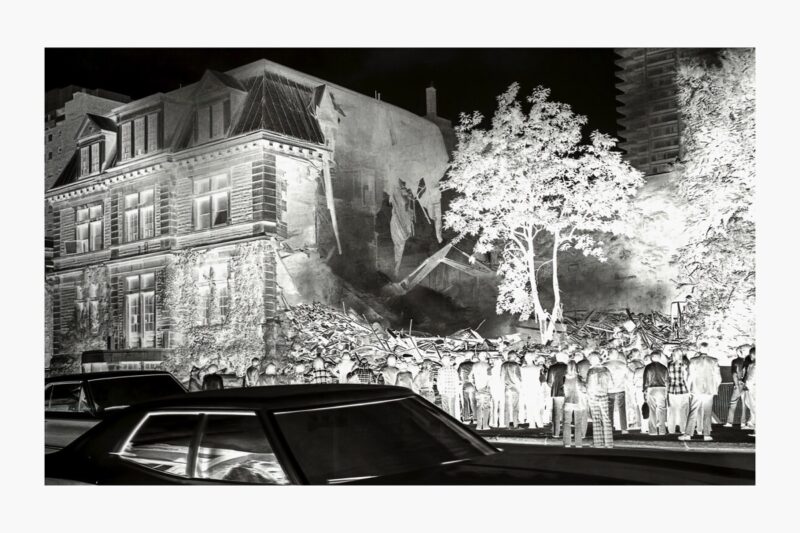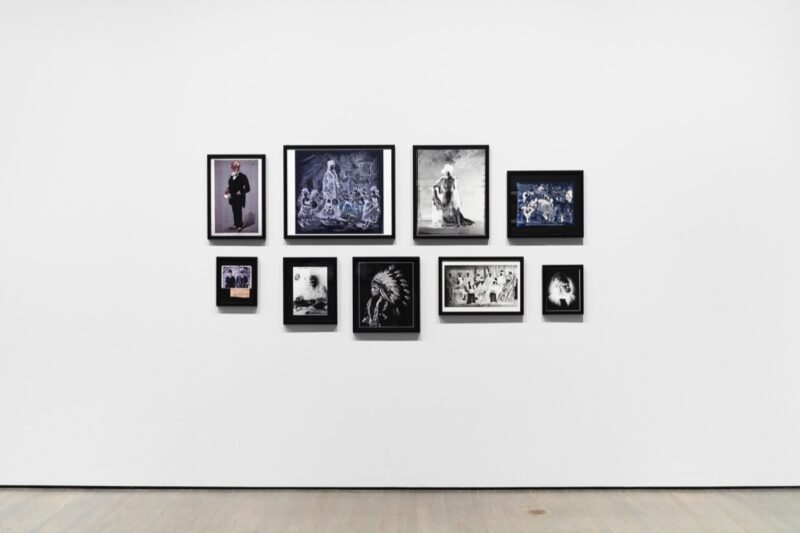[Fall 2025]
Editorial
by Jacques Doyon
In this issue, the plant world is under attentive investigation. Garden flowers and plants, and the terrains and territories around them, are examined, studied, recorded, sometimes manipulated, in an attempt to capture the living microcosm that they are home to. Fruits, flowers, leaves, and branches – and insects, fungi, and birds – serve as a backdrop against which to project our anxieties about our relationship with the environment. The works featured here make palpable in various ways their makers’ active approach to observing, touching, and capturing images and transmit the idea of a quest, an ethic, even a transfiguration of reality.
With her details of mixed foliage, flowers, and fruits flattened into the foreground of the image against an unfathomable black background, Sara Angelucci takes us deep into a garden, her eye at plant height – as if we were beside her as she gathers vibrant compositions that are the antithesis of still lifes. For here, she is actually reconnecting with the living, after a period of mourning, and re-entering a relationship with the world that is as much aesthetic and sensory as based on an interest in botany and ecology and the territorial and societal issues that they encompass. Her magnificent images ask us to pay more attention to the plant cover, usually taken for granted, that carpets the world.
Sara A.Tremblay’s Poids, plumes is a collection of excerpts from different works, a sort of composite survey that starts with a questioning, followed by a period of hesitation, then a crisis, and finally a change. Although it is somewhat autobiographical, it is also performative, as she uses her body as a unit of measurement for all things. It is presented as a vast mosaic of images captured through the seasons (of flowers and plants, alive or picked; small rituals performed in the garden; mini-installations that are like small altars of offerings; portraits; and more) accompanied by objects taken from nature (stones, wood, dried flowers). The work begins with a letting go (of weight pulling her down) and then unfolds in different stages within a garden-laboratory – the setting for the trials and errors of research and life, crises (separation, illness), and regeneration.
For Frédéric Lavoie, the plant world is more all-encompassing: not enclosed garden but ecosystem in which diverse fauna and flora (insects, birds of prey, butterflies, fungi and a plethora of plants) abound. And, as a true amateur naturalist (in turn entomologist, mycologist, and more), he observes different species and composes visual inventories of them. In a recent exhibition, these series of works were displayed in two ways: projections that re-create moments of slow observation and give a glimpse of life in action, and inventories or notebooks in which he accumulates numerous images; these resemble pages from the Marie-Victorin herbarium, some of which appear in the exhibition.
Translated by Käthe Roth
[ Complete issue, in print and digital version, available here: Ciel variable 130 – Plants and Gardens ]
[ Complete article in digital version available here: Editorial: Listening to the living]

